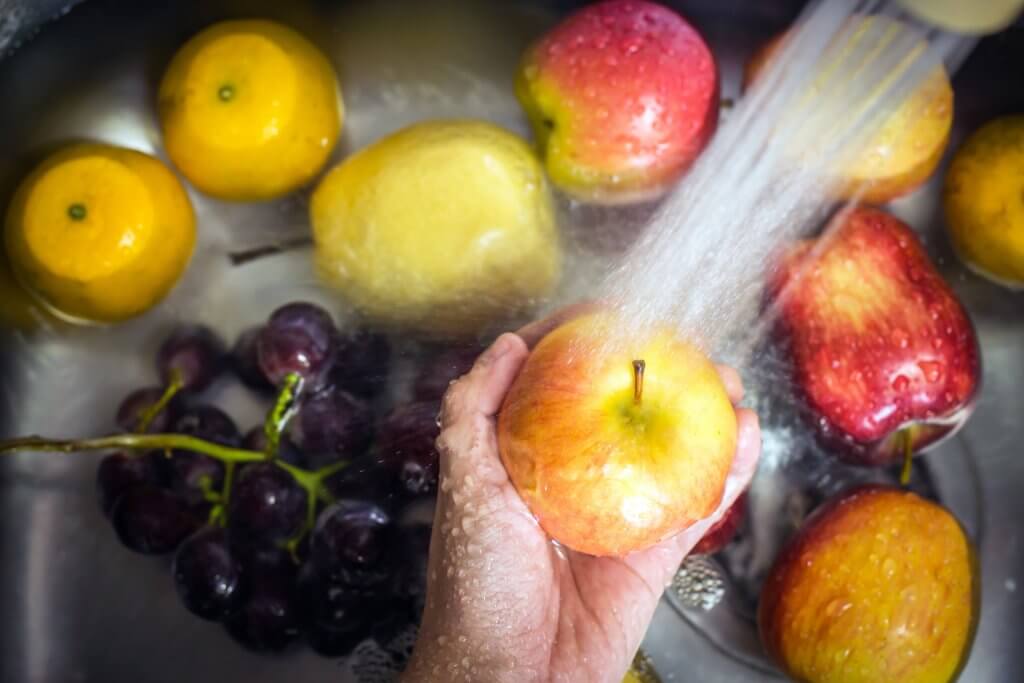Food utilisation is defined by food safety and quality and the ability to make proper biological use of food – meaning the way the body makes the most of various nutrients and converts foods to energy. This requires not only a healthy diet, balanced from nutritious and safe foods that provide sufficient energy, but also potable water, adequate sanitation, access to health services, proper feeding practices and illness management. The nutritional status of an individual also determines the good biological utilisation of food.

Depending on the context where the foods are consumed and by the individual that consumes them, nutritious foods are defined through the provision of beneficial nutrients (e.g., vitamins, minerals, proteins, etc.) and the minimisation of potentially harmful elements (e.g., trans-fats, high amounts of sugars, salt etc.). Safe foods are defined as foods that do not contain a contaminant or other attribute that increases the probability of poor health outcomes, in the context where it is consumed, and for the individual who consumes it (see also under Food safety).
While both – nutritious and safe – aspects are to some degree pre-defined by the type of food, they are highly influenced throughout the supply chain and all actors that produce, process, handle, store, prepare and finally serve foods. Inappropriate harvest practices, coupled with insufficient postharvest systems (including weak logistic systems and lack of access to technology and cooling facilities), can result in poor quality of foods, impacting foods’ safety, and further resulting in high levels of postharvest losses. Similar challenges can further happen at the household level leading to less safe foods and impaired food utilisation. Since food utilisation needs to be seen on an individual level, adequate food preparation for all household members, including feeding practices and intra-household distribution, plays a crucial role. Therefore, household knowledge on food handling, storage, processing and preparation techniques, as well as basic principles of nutrition and proper childcare are essential for ensuring that all family members are receiving a healthy diet that is balanced and diverse from nutritious and safe foods.
Cities themselves play an essential role in ensuring that all complementary services – including sanitation, water and health care – are utilised and supported to ensure that communities can benefit from the nutrients that they receive from their daily food intake.

